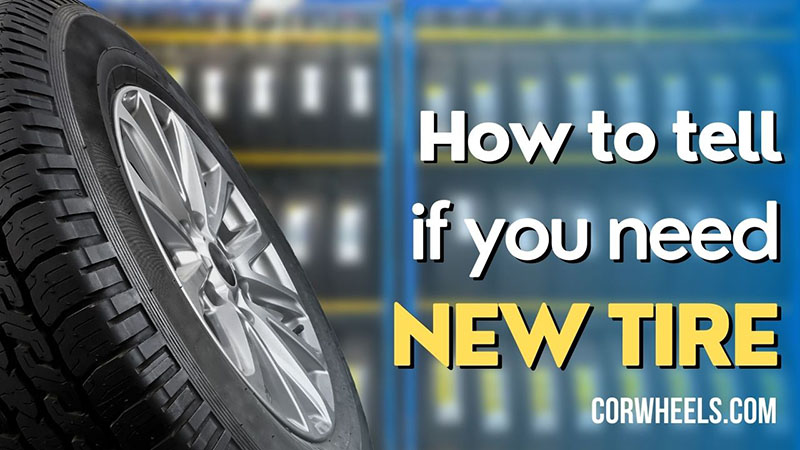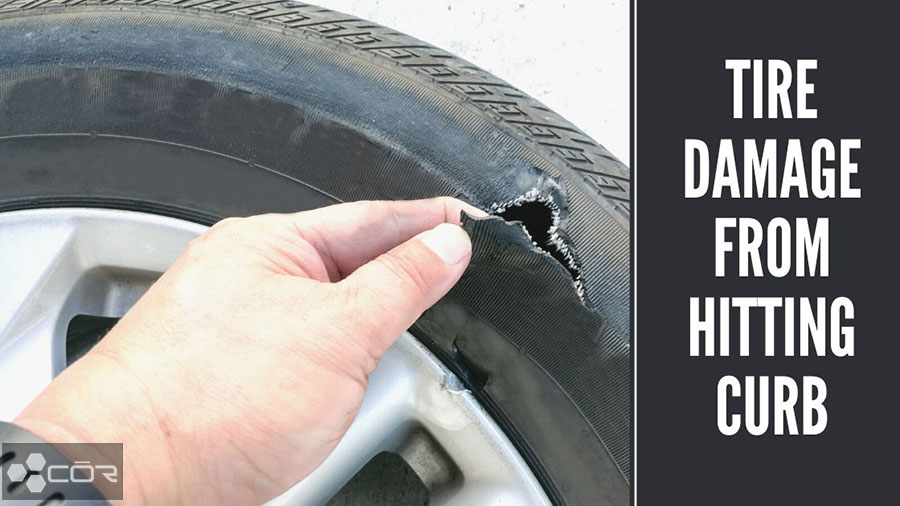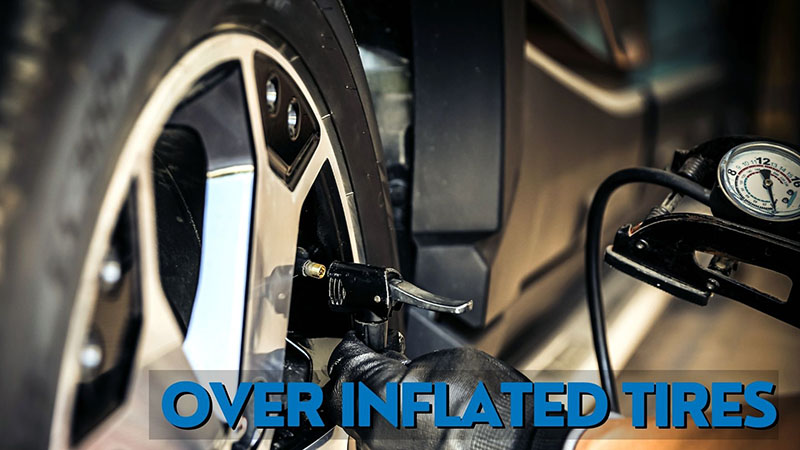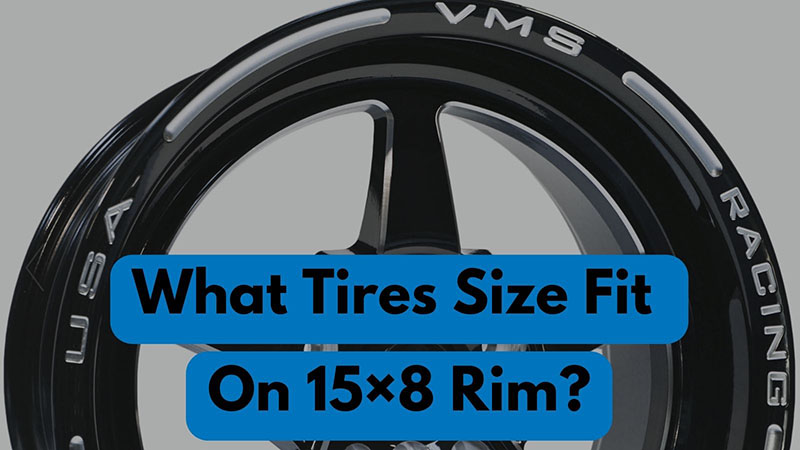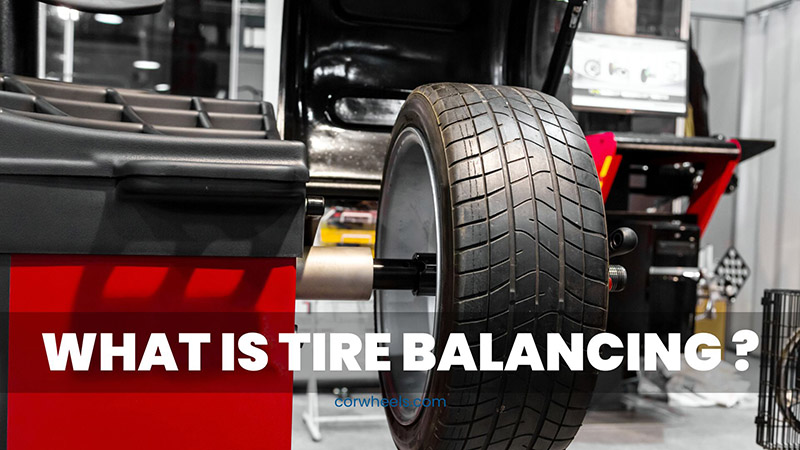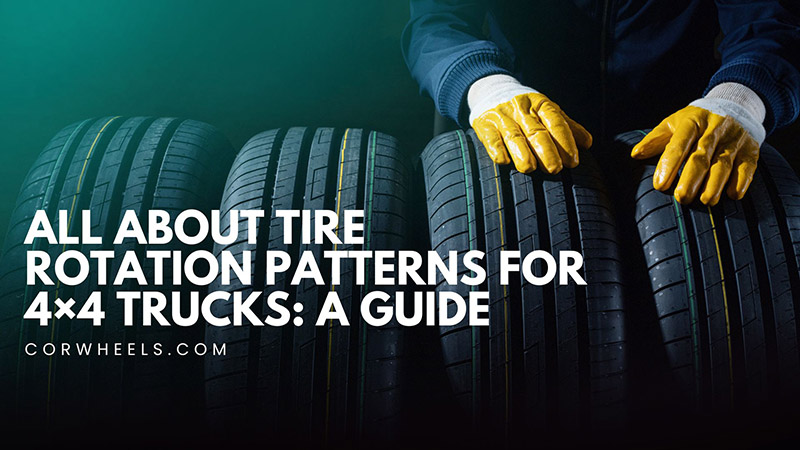Over time, tires can deteriorate, lose efficiency, and even become unsafe. Each tire has its own lifespan, but it can go to waste prematurely if not properly maintained or under severe road conditions for an extended time. That’s why we will explain some signs when you need new tires and methods for testing the conditions.
In this article:
Signs Your Tires Need To Be Replaced
Here are some symptoms you might see if your car needs a tire replacement.
Visible Inspection
Visible damages, such as bubbles, cracks, tire cords showing out, etc., are the most obvious pointers that your current tires need a repair or replacement. Tire bulges are also what you need to look out for. A bulge indicates a weak point in the tire in the sidewall. Don’t put off getting your car serviced because the tire could explode at any time.
Tread Wear
There will be times when a tire’s tread wears away at a different rate. Some tire components may appear to be in fantastic condition, while other parts may be worn down to the cords. Uneven tread wear stems from underinflated tires, bad wheel alignment, or even harmed suspension components.
Tire Pressure
Tires gradually lose air over time; the average monthly loss is 1 PSI (shorts for pounds per square inch). To maintain proper inflation, check yours each month.
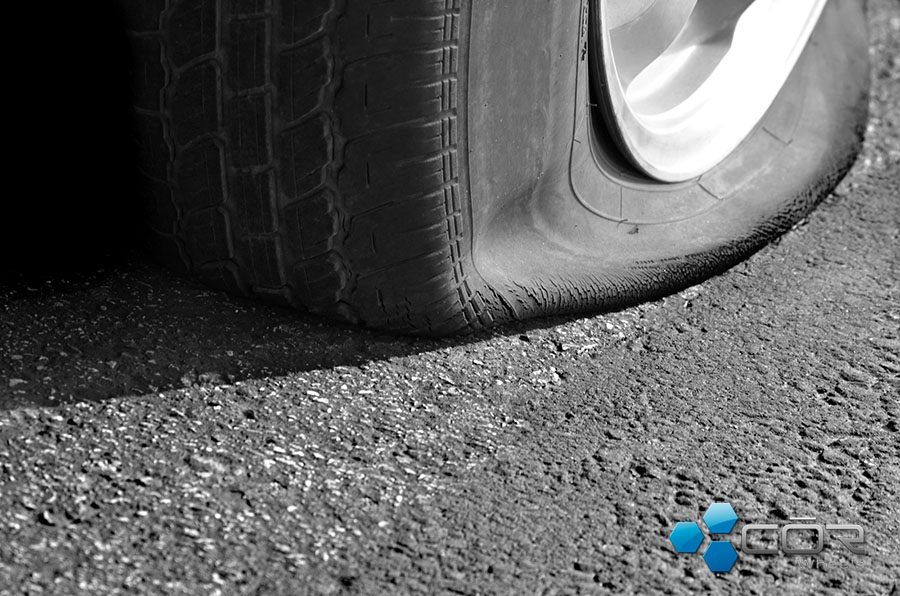
According to the Fuel Economy, every 1 PSI loss equals a 0.2% decrease in gas mileage. And you can increase the fuel economy from 0.6-3% just by keeping the tire properly inflated. The recommended PSI for most tires are from 32-35 PSI.
You may need to visit a certified service shop for replacement if your tires seem to deflate suddenly or are continuously losing air pressure.
Car Shaking
When your automobile trembles at both high and slow speeds, your tires probably need to be replaced. Your tires’ internal metal belts may slip, which generates the vibration. Tire replacement is the sole solution to this issue. Also, if you notice your automobile shakes while driving at highway speed rating, this might mean your wheels are out of balance/alignment.
Tire Pressure Light On
Most modern cars include TPMS (shorts for Tire Pressure Monitoring Systems) that alert you when your tires need to be re-inflated. The frequent flashing of the light may hint at a tire replacement in near future. Once you see this light, double-check the pressure and change the worn-out tires if needed.
Poor Traction
It may signal that you need a new set of tires if you have problems navigating your car on extreme weather conditions or wet roads. The tread grooves on your tires get deeper as they age. The grooves are crucial since they can evacuate water away from the treads, giving your car traction. If they lose this ability, the water will remain on the treads, causing hazardous hydroplaning.
More-Than-10-Year Tires
Unfortunately, tires do not last forever. According to many tire manufacturers, their tires can endure up to ten years. However, some automakers advise changing tires more frequently than that. When you bring your automobile in for maintenance, request that the mechanic examine the tires. They could point out missed problems or assure you that the tires are in good condition.
How To Tell If You Need New Tires
Below are the easiest ways to inform you if you need a new set of tires.
Tread Wear Indicator Bar Test

You can see how much tire tread remains thanks to these bars. Notice how they run between the tire tread blocks when you examine the tread pattern. These tread depth indicators will go closer and closer to the tread of your tires as they wear down. It’s crucial to have new tires before this occurs.
Penny Tread Depth Test
The penny test is a simple approach to determine whether your tires have enough tread. Lincoln’s head on a common penny should be inserted into one of the tire’s tread grooves.
The tire needs to be changed if you can still see Lincoln’s entire head. Your tires are often safe and don’t require replacement when the penny head is inserted deeply enough to reach Lincoln’s brow in the tread depth.
Frequently Asked Questions
Is The Penny Test For Tires Accurate?
Not 100% accurate. The penny tire test shows whether tread depth has reached the legal limit, but it might not be the most precise way to determine whether the tires are best-safe for driving. You can use it to check your tire’s condition, but it is still recommended to have them checked at a tire shop.
How Often Should Tires Be Replaced?
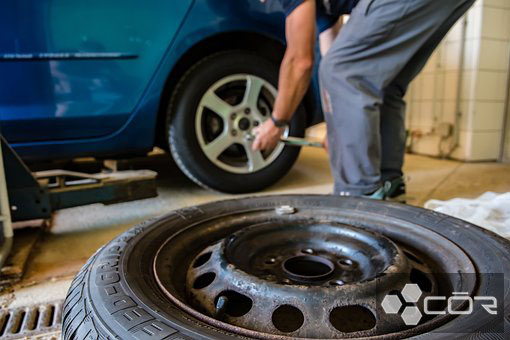
It is ideal to have a tire replacement every 6 to 10 years. Or, to make it easier for you to remember, you should get your tires changed after going between 25,000 and 50,000 miles.
How Many Years Do Tires Last?
Typically, a tire can last from 6 to 10 years. Still, the exact lasting time can vary, as it depends on different factors such as temperature, maintenance, driving style, etc.
The Bottom Line
Paying attention to your tires and knowing if you need new tires is a critical aspect of vehicle safety and maintenance. Regularly inspecting your tires and keeping an eye out for the warning signs mentioned above can help you avoid potential tire failures and accidents on the road.

